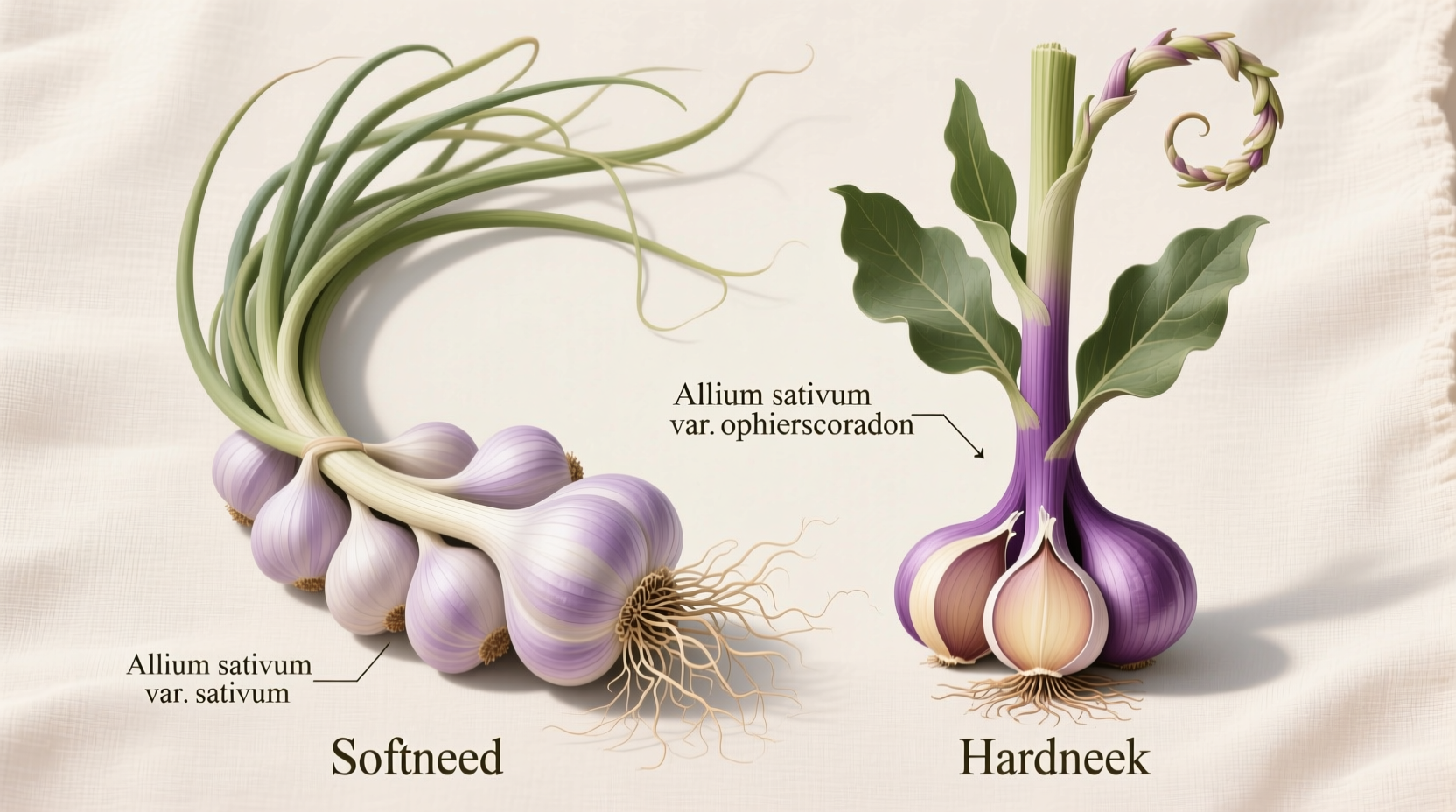Garlic (Allium sativum) is a specific species within the allium genus, not a separate category. Allium is the botanical genus that includes garlic, onions, leeks, and chives. Understanding this scientific classification helps clarify common misconceptions about garlic varieties and their culinary and health properties.
Confused about the relationship between allium and garlic? You're not alone. Many home cooks and even some culinary professionals misunderstand this fundamental botanical relationship. This comprehensive guide cuts through the confusion with scientifically accurate information you can trust.
Understanding the Allium Family Tree
When you search for "allium garlic," you're likely encountering a common terminology mix-up. Allium is the genus name, while garlic refers specifically to Allium sativum, one of approximately 900 species within the allium genus. Think of it like this: allium is the family name, and garlic is one of its most famous members.
The allium family (Amaryllidaceae) includes numerous edible plants that share distinctive sulfur compounds responsible for their characteristic flavors and aromas. These compounds also deliver many of the health benefits associated with these plants.
| Allium Species | Common Name | Distinctive Characteristics |
|---|---|---|
| Allium sativum | Cultivated Garlic | Bulb divided into cloves, strong pungent flavor |
| Allium ursinum | Ramsons/Wild Garlic | Milder flavor, entire plant edible, grows wild in Europe |
| Allium schoenoprasum | Chives | Mild onion flavor, hollow tubular leaves |
| Allium cepa | Onion | Larger bulb structure, sweeter when cooked |
Garlic Varieties You Should Know
Within Allium sativum (true garlic), two main subspecies dominate cultivation:
Softneck Garlic (Allium sativum var. sativum)
- Most common commercial variety
- Longer shelf life (up to 9 months)
- Multiple clove layers
- Better for braiding
- Milder flavor profile
Hardneck Garlic (Allium sativum var. ophioscorodon)
- Produces a flower stalk (scape)
- Larger, easier-to-peel cloves
- More complex flavor with spicy notes
- Shorter shelf life (4-6 months)
- Better cold tolerance

Science-Backed Health Benefits of Garlic
The sulfur compounds in garlic, particularly allicin formed when cloves are crushed or chopped, deliver impressive health benefits supported by research from the National Center for Biotechnology Information.
A comprehensive review published in the Journal of Nutrition confirms that regular garlic consumption:
- Supports cardiovascular health by helping maintain healthy blood pressure levels
- Contains potent antioxidants that combat oxidative stress
- May enhance immune function according to clinical studies
- Provides anti-inflammatory compounds beneficial for overall wellness
For maximum benefit, let crushed garlic sit for 10 minutes before cooking to allow full allicin development. The USDA Nutrient Database shows that one raw garlic clove (3g) contains:
- 4.5 calories
- 1g carbohydrates
- 0.2g protein
- Significant manganese, vitamin B6, and selenium
Culinary Applications: Maximizing Flavor
Understanding garlic's chemistry transforms your cooking. When raw, garlic delivers a sharp, pungent flavor. Cooking changes this dramatically:
- Raw application: Use in dressings, aiolis, and fresh salsas for maximum pungency
- Sautéed: Medium heat develops sweet, nutty notes while preserving some bite
- Roasted: Whole bulbs become sweet, caramelized, and spreadable
- Black garlic: Fermented for 30-60 days, develops complex umami notes
Professional chefs like to employ the "garlic timing principle": add garlic later in cooking for stronger flavor, earlier for milder integration. This technique leverages how heat breaks down different sulfur compounds at varying rates.
Growing Garlic: From Garden to Kitchen
Home gardeners can successfully grow garlic with proper timing. According to the University of Minnesota Extension, the planting process follows this seasonal timeline:
- Fall planting (September-November): Plant cloves pointy-end up, 2 inches deep
- Winter: Cloves develop roots but remain dormant
- Spring: Shoots emerge, apply nitrogen-rich fertilizer
- Summer: Harvest when bottom third of leaves turn brown
- Post-harvest: Cure in dry, shaded area for 3-4 weeks
Hardneck varieties produce scapes (flower stalks) in spring that make delicious additions to pestos and stir-fries. Removing these directs energy to bulb development.
Selecting and Storing Garlic for Maximum Freshness
Choose firm, plump bulbs with tight, papery skins. Avoid any with soft spots, green sprouts, or signs of mold. Proper storage dramatically extends shelf life:
- Store in cool (60-65°F), dark, well-ventilated space
- Never refrigerate whole bulbs (promotes sprouting)
- Keep away from potatoes (they emit moisture and ethylene gas)
- Separate cloves only when ready to use
For long-term storage, freeze peeled cloves in olive oil or dehydrate slices for powder. Properly stored, softneck garlic lasts 6-9 months while hardneck varieties last 4-6 months.
Common Misconceptions About Garlic Clarified
Several persistent myths surround garlic. Let's set the record straight with evidence-based facts:
- Myth: "Elephant garlic is true garlic"
Fact: Elephant garlic (Allium ampeloprasum) is actually a type of leek with milder flavor - Myth: "Roasting destroys all health benefits"
Fact: While allicin breaks down with heat, other beneficial compounds like diallyl disulfide remain stable - Myth: "Green sprouts mean garlic has gone bad"
Fact: Sprouting indicates age but doesn't mean spoilage; simply remove the green germ for milder flavor
Practical Tips for Cooking with Garlic
Transform your dishes with these professional techniques:
- Peeling hack: Place cloves in a jar, shake vigorously to loosen skins
- Minced consistency: Sprinkle salt on garlic before chopping to create paste-like texture
- Burn prevention: Add garlic after other aromatics like onions to prevent burning
- Flavor infusion: Steep whole cloves in warm olive oil for subtle garlic flavor
- Raw bite reduction: Soak minced garlic in lemon juice or vinegar for 10 minutes
Remember that different garlic varieties work better for specific applications. Use mild elephant "garlic" for raw applications where traditional garlic would be too strong, and reach for hardneck varieties when you want pronounced garlic flavor in cooked dishes.











 浙公网安备
33010002000092号
浙公网安备
33010002000092号 浙B2-20120091-4
浙B2-20120091-4